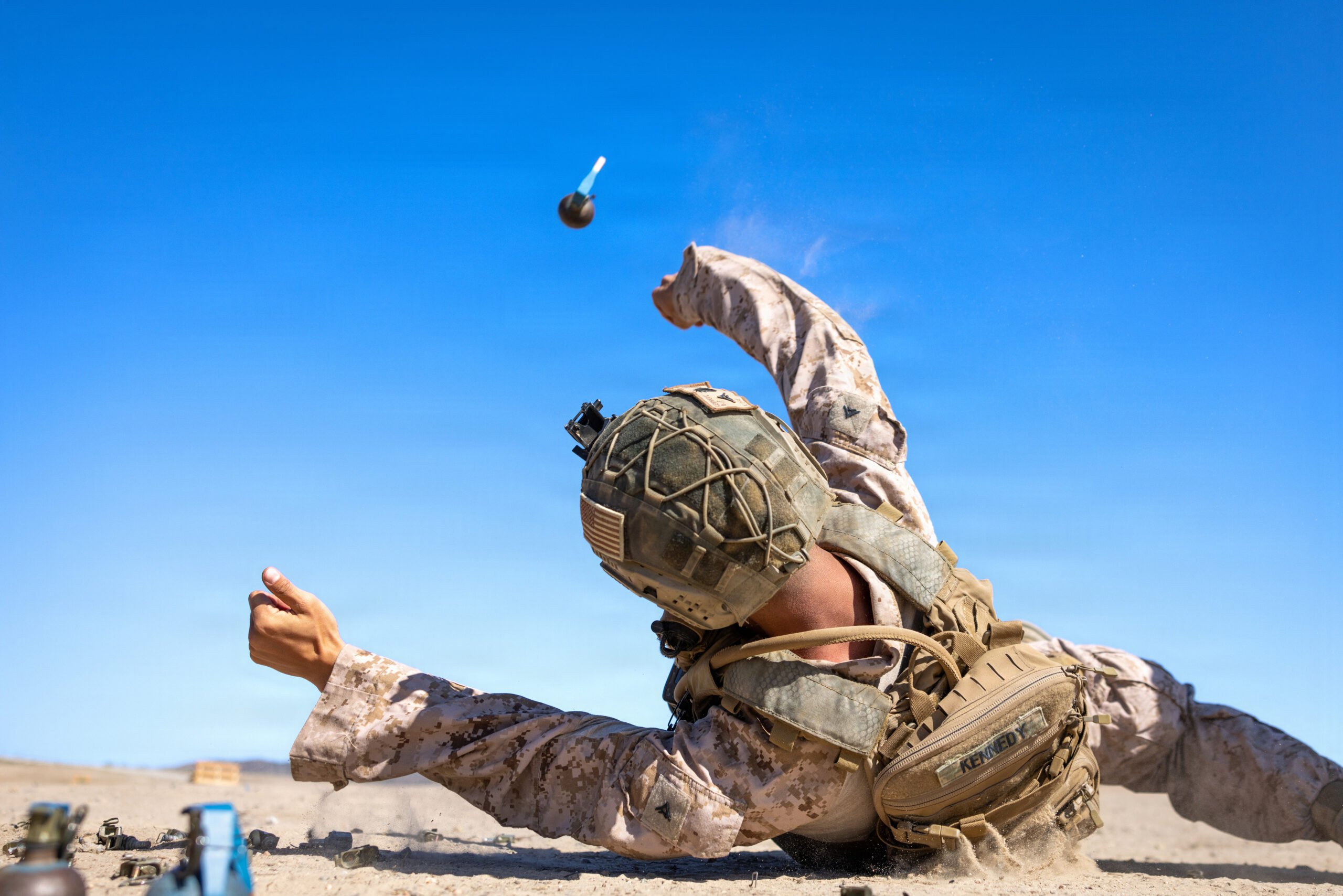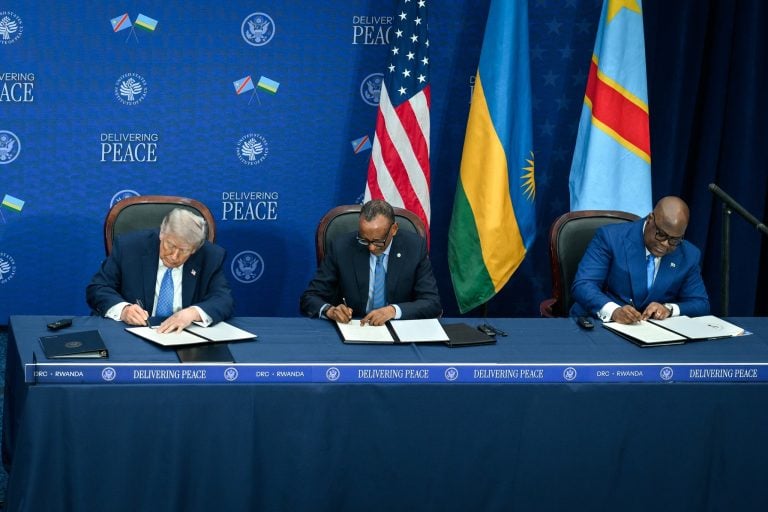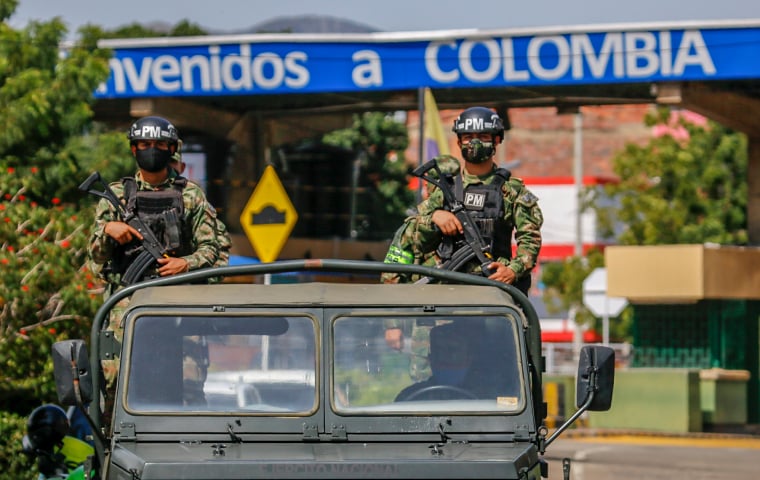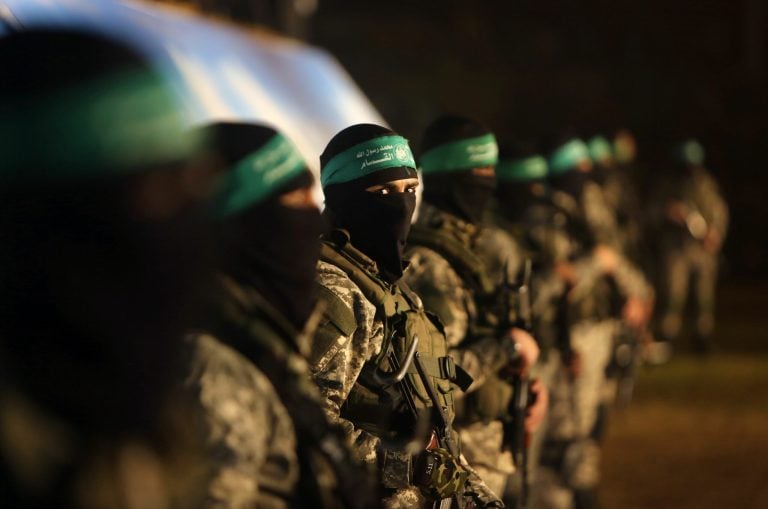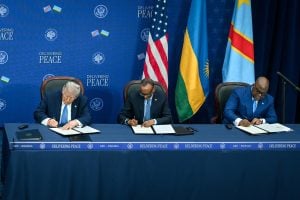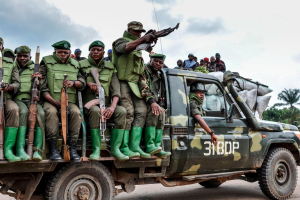The University of Texas at Arlington (UTA) is embarking on an innovative study aimed at protecting and regenerating muscle tissue compromised by blast injuries, a prevalent risk faced by military personnel. This 20-month research initiative is spearheaded by Dr. Zui Pan, a Graduate Nursing Professor at UTA, and primarily concentrates on tissue loss resulting from ischemia and severe reperfusion.
Ischemia refers to the temporary disruption of blood flow, while reperfusion occurs when blood flow is suddenly restored, often after the application of a tourniquet or bandage to control bleeding. Dr. Pan highlighted the paradox of these life-saving measures: while they are imperative for immediate survival, the restoration of blood flow can inadvertently inflict further damage to the tissue. The research aims to reduce this secondary injury, enhancing the overall healing process.
Central to the study is the exploration of a zinc-infused gel, leveraging the nutrient’s well-documented properties that promote cell growth, protein production, enzyme activity, immune function, and protection against oxidative stress—each critical to muscle regeneration. This zinc will be combined with gelatin methacryloyl, a semi-synthetic material recognized by the Food and Drug Administration, derived from collagen protein. The goal is to evaluate the effectiveness of this combination in fostering muscle repair.
While emphasizing the need for cautious dosing—due to potential toxicity of zinc—Dr. Pan reassured that the study will focus on a safe, targeted method of delivery directly to muscle tissue. This careful approach is essential, as improper use could exacerbate tissue damage rather than alleviate it.
The implications of this research extend beyond military applications. Historical data from the Department of Veterans Affairs indicate that a significant portion of combat injuries arises from explosions, suggesting a pressing need for effective treatment strategies. In fact, a 2016 report revealed that 74 percent of all combat injuries from 2001 to 2011 were attributed to blast incidents.
Dr. Pan elucidated that, although the current research is tailored to assist injured soldiers, the insights gained could also benefit civilians recovering from various incidents, including car accidents, sports injuries, and natural disasters. This broader applicability is underscored by the establishment of UTA’s Trauma Research and Combat Casualty Care Collaborative (TRC4), which aims to tackle urgent needs in trauma care within both military and civilian contexts. Through this collaborative effort, the innovative approaches developed in this study have the potential to significantly enhance recovery outcomes for a wide range of injury types.
